

Understanding the Structure of a Key Photosynthetic Complex in Haptophytes
Unveiling the Photosystem II-FCPII Supercomplex Structure in Haptophytes
In a groundbreaking study, researchers at Okayama University have successfully elucidated the structure of the Photosystem II (PSII)-Fucoxanthin-Chlorophyll c-binding protein (FCPII) supercomplex derived from haptophytes, particularly the species Chyrostila roscoffensis. This research is vital for understanding the role of haptophytes in marine ecosystems, as they contribute significantly to ocean biomass and carbon fixation.
Utilizing the Titan Krios G4 cryo-electron microscope at the Okayama University International Center for Structural Biology, the team achieved a remarkable resolution of 2.2 Å. This high resolution allowed them to identify the previously uncharacterized sequence of the Psb36 subunit, which had only been recognized in diatoms and red algae.
The findings revealed a unique arrangement of 12 FCPII proteins bound to the PSII dimer, with six FCPII on each side, which differs from the structures documented for green algae and diatoms. Notably, within these six FCPIIs, one is suspected of functioning as a hub for energy transfer and excess energy dissipation, highlighting a complex mechanism of energy conversion in haptophytes.
Importance of Haptophytes
Haptophytes play a crucial role in the marine environment, responsible for producing 30-50% of oceanic biomass and 10% of global carbon fixation, with an impressive contribution of 50% to marine calcium carbonate production. Despite their ecological significance, the intricate mechanisms governing their energy conversion processes remain largely unexplored.
The research led by Dr. Romain La Rocca, along with his colleagues, aims to bridge this knowledge gap. By uncovering the architecture and operational dynamics of the PSII-FCPII supercomplex, the study not only sheds light on energy transfer mechanisms in haptophytes but also offers insights into the evolutionary shifts in PSII-FCPII structures. These results, published in the prestigious journal Nature Communications, mark a significant step forward in our understanding of marine photosynthesis.
Key Highlights
1. High-Resolution Imaging: Utilizing cutting-edge cryo-electron microscopy, the team achieved unprecedented imaging results, settling long-standing questions regarding the PSII-FCPII architecture.
2. Identification of Psb36: This study is the first to determine the sequence of the Psb36 subunit, reaffirming the complexities of energy transfer pathways in haptophytes.
3. Energy Transfer Mechanisms: The research underscores the potential multifunctionality of the FCPII proteins, particularly one that may act as an energy transfer hub, ensuring efficiency in photosynthesis.
Collaborative Efforts
The research was supported by the Japan Society for the Promotion of Science and received additional backing from the Okayama University initiatives aimed at enhancing international impact and collaboration. Dr. La Rocca has been a pivotal force in this research effort since joining Okayama University in the summer of 2023, bringing his expertise in cryo-EM, X-ray crystallography, and biophysical techniques to the forefront of structural biology.
Conclusion
These findings not only advance our comprehension of haptophyte biology but are also essential for appreciating the broader implications of photosynthetic processes in marine environments. As climate change increasingly threatens ocean health, understanding these foundational biological mechanisms can help inform conservation efforts and strategies to sustain marine ecosystems.
For more detailed information, the original study can be accessed in Nature Communications. As we continue to explore the depths of marine life, research institutions like Okayama University play a crucial role in uncovering the complexities that govern our planet's health.
Read more about the study here
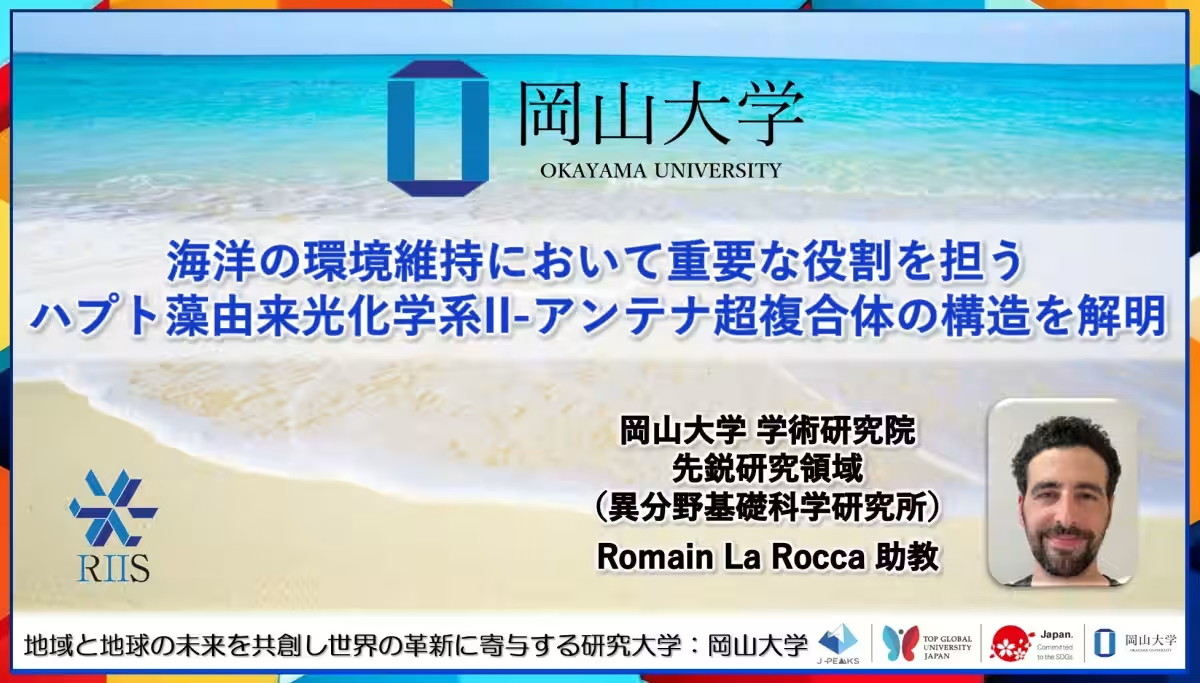

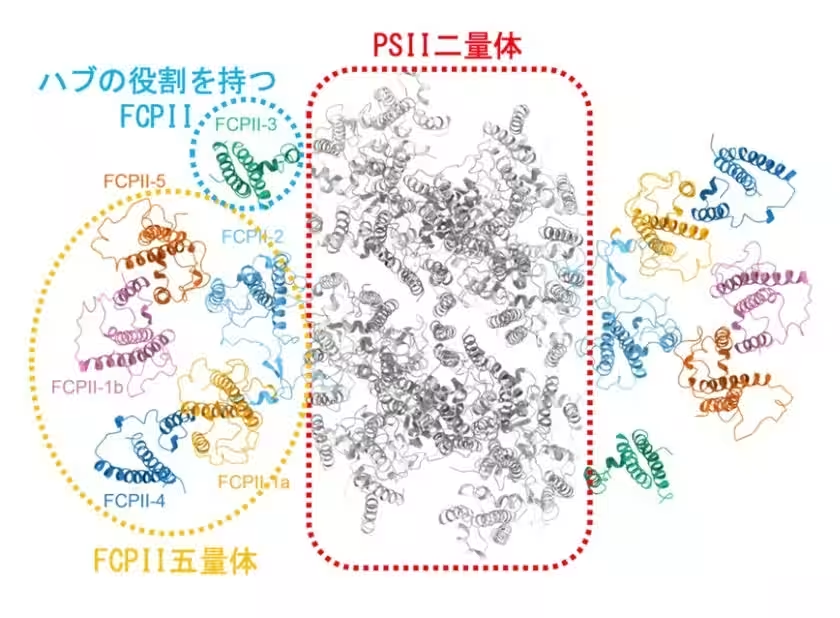
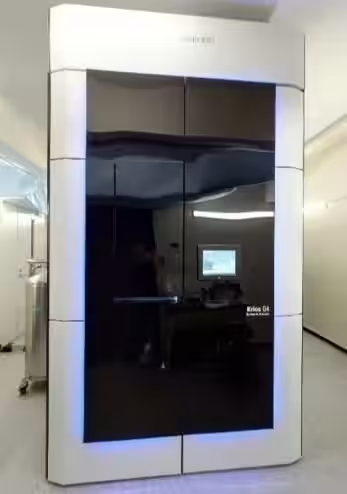
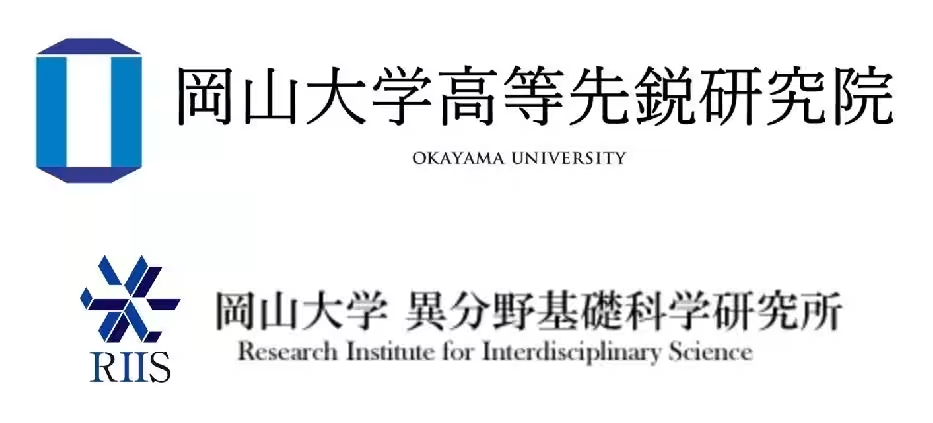


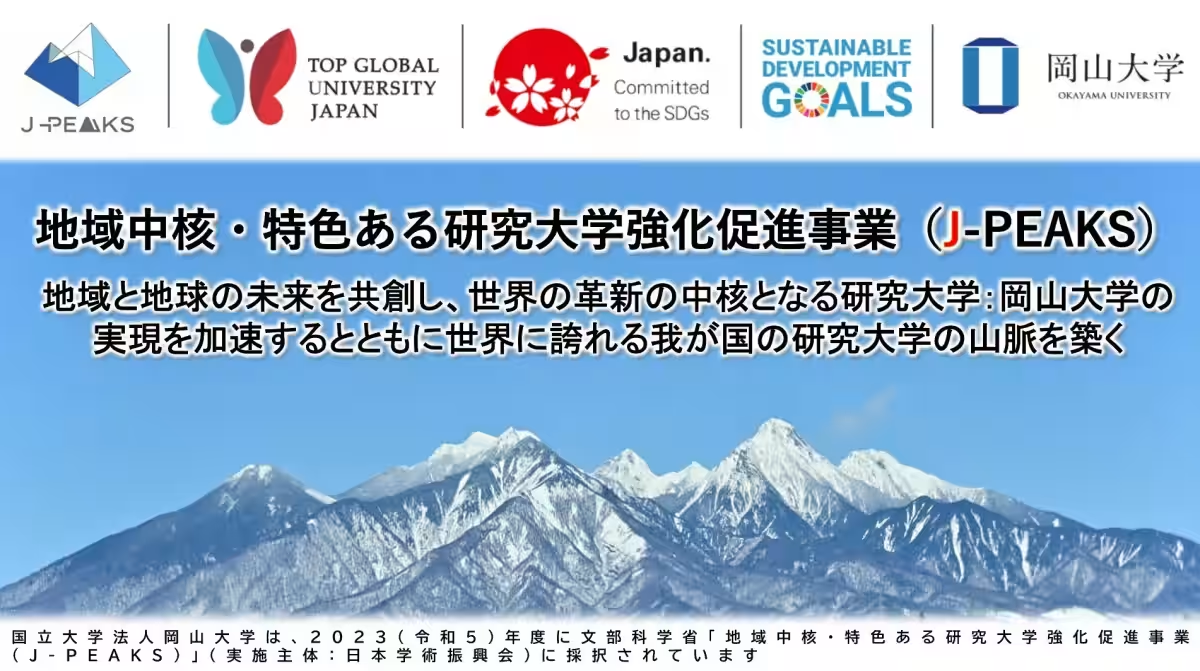


Topics Other)










【About Using Articles】
You can freely use the title and article content by linking to the page where the article is posted.
※ Images cannot be used.
【About Links】
Links are free to use.